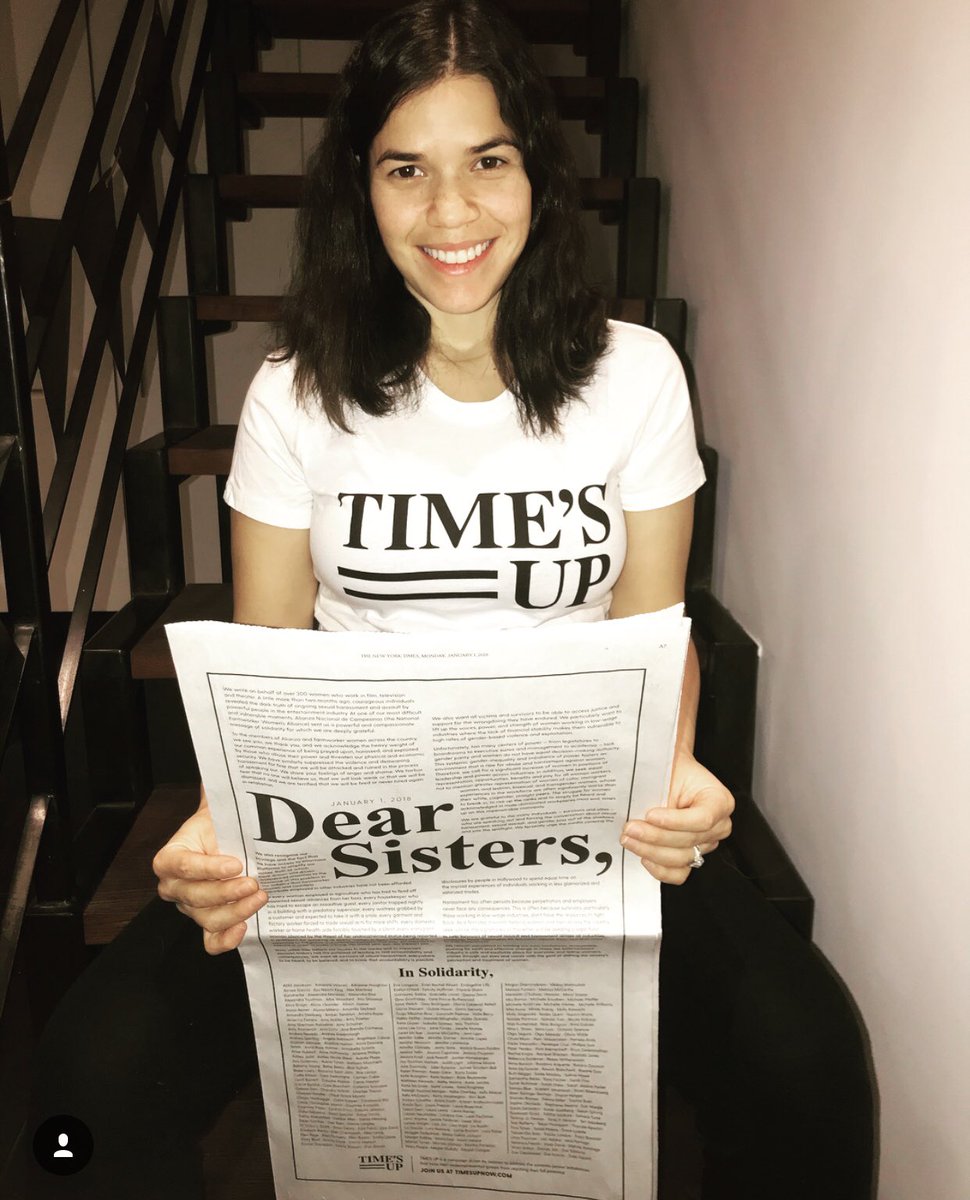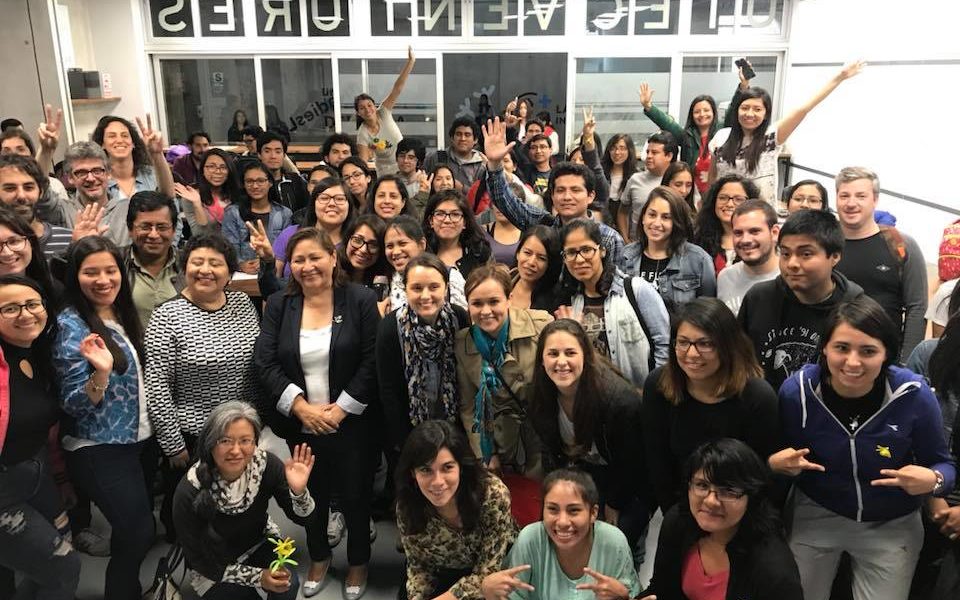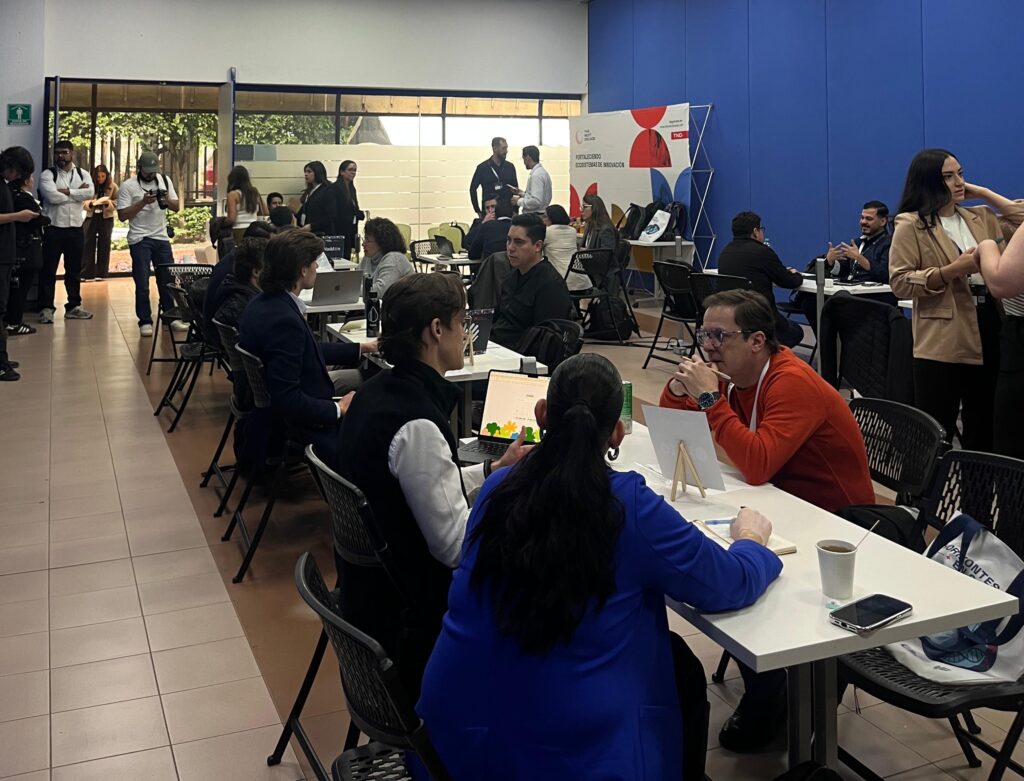Women empowerment has been the topic of 2017, paving positive changes towards gender equality in the workplace.
Sparked by the womens’ march on Washington, and the Hollywood-Weinstein scandal, the #TimesUp movement, has opened up discussions, and actions, in the US over the under-representation, mistreatment and lack of opportunities for females in the workplace.
“TIME’S UP is a unified call for change from women in entertainment for women everywhere. From movie sets to farm fields to boardrooms alike, we envision nationwide leadership that reflect the world in which we live.”
Whilst the movement has its primary focus on women in the entertainment industry, it has been quick to spread across all industries of work, initiating an open discussion around women in the workplace.
The campaign’s key voices and figureheads include Eva Longoria and America Ferrera – Latina’s who have long been advocates for diversity in the entertainment industry. America Ferrera in particular, has used her public role to address the struggles Latina women face in Hollywood, regarding media representations or the lack of quality roles that they are given. Penelope Cruz, Gina Rodriguez, Ana Ortiz, Olga Segura, Rosario Dawson, Zoe Saldana and Ana Brenda Contreras, have also expressed their support towards the movement by signing the open letter published in the New York Times last month.
However, despite a strong Latina presence in the movement, has this topical and heavily broadcasted movement had an impact in neighbouring South America? What is the current climate in Latin America and Brazil, for women in work?
Due to a prominent “machista” culture, women in this region have grown up in a male-dominated society, where they experience bias in all areas of life. This has evidently leaked into the working world, where women are put in uncomfortable situations and face constant barriers in their careers.
However, thankfully, this attitude hasn’t restricted all women from progressing their careers. In recent years, Latin America and the Caribbean (LAC), as a region, have witnessed “the largest gains in female labor force participation in the world”, according to a 2017 IMF report “Women at Work in Latin America and the Caribbean.” The report demonstrates that women in LAC are becoming increasingly active in paid work which is closing the gender gap in the workplace at an impressive rate.
A similar study from workplace consulting firm, Mercer, has further indicated a rapid improvement in corporate gender diversity in Latin America. According to the report, which examined data from 583 companies across 42 countries, women of Latin America are forecast to hold nearly half of all professional and managerial roles by 2025. Currently, the US and Canada have the highest percentage of women in these roles at 39%, however this is expected to remain relatively flat for the next decade. Therefore, come 2025, Latin America is expected to lead the world at 49%.
Latin America also boasts a rapidly growing sector of female entrepreneurs. The recent Global Entrepreneurship Monitor (GEM) on Latin America and the Caribbean revealed that for every ten men working in early-stage entrepreneurship there were eight women. In Peru, GEM recorded a higher proportion of entrepreneurial women than men.
#TimesUp in the US aims to tackle sexual assault, harassment and inequality in the workplace. Therefore, whether or not Latin America needs its own movement is still in question, however one cannot ignore the impressive amount of ladies entering and climbing up the ladder in the working world.






